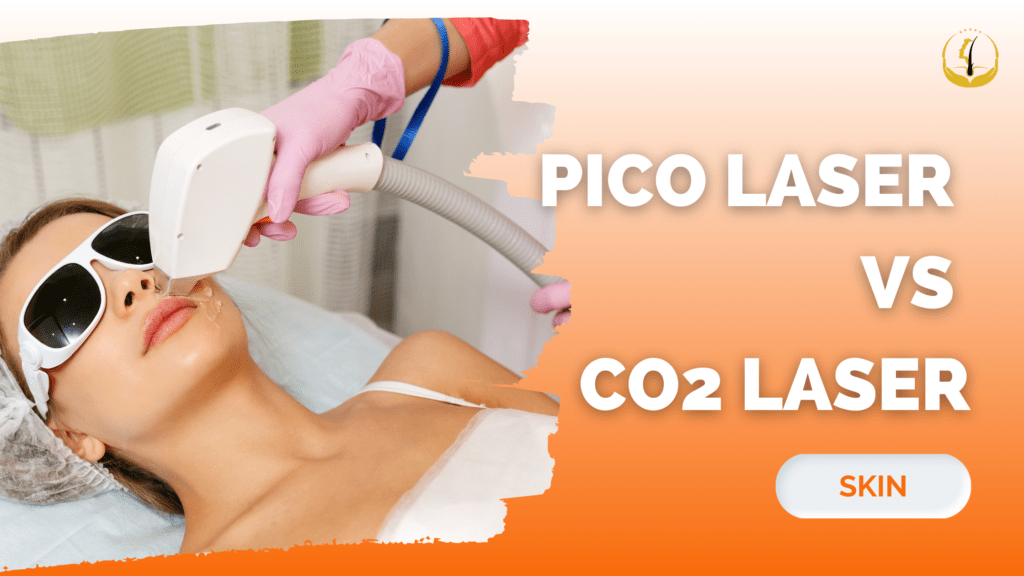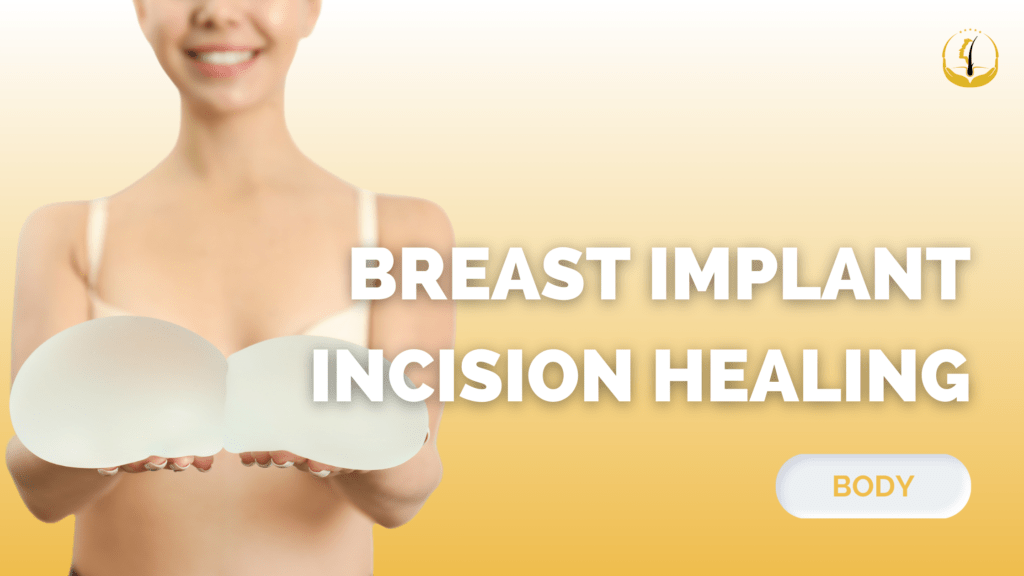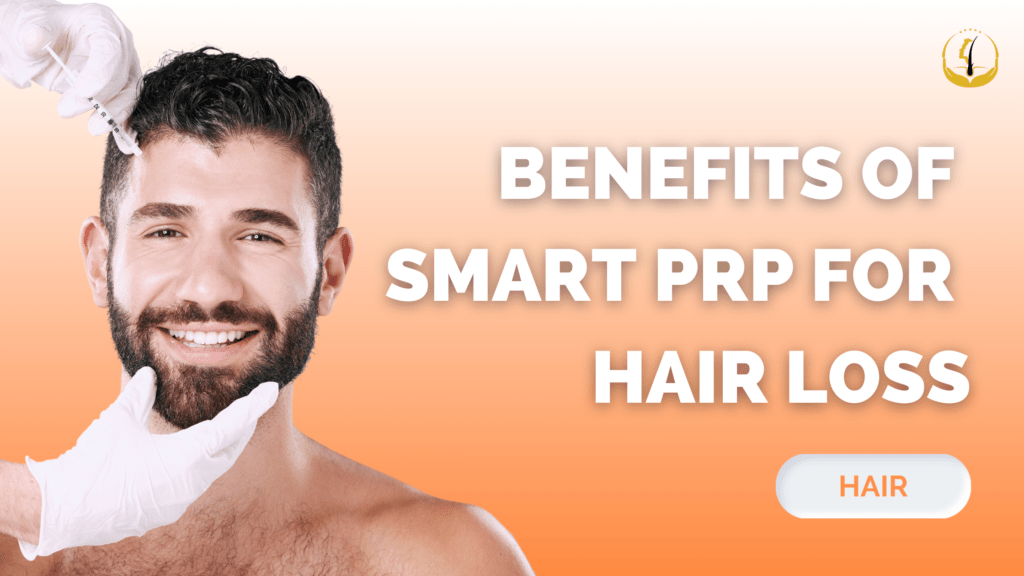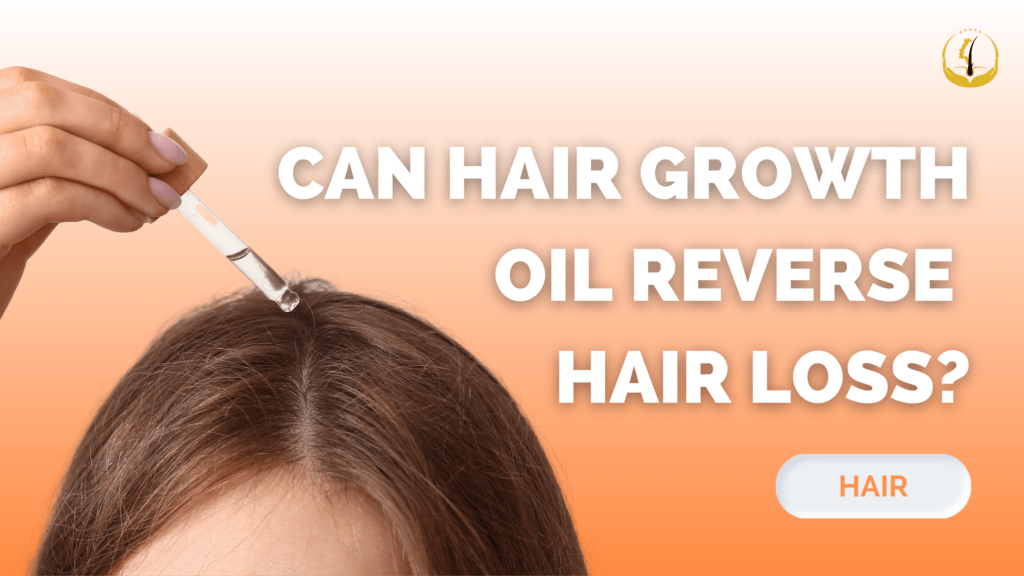Pico Laser and CO2 Laser

In recent years, advancements in medical aesthetics have introduced a plethora of options for skin rejuvenation and treatment. Among the most popular are Pico lasers and CO2 lasers, two cutting-edge technologies that have revolutionized the field of dermatology. These lasers offer distinct advantages and are tailored to different skin concerns, making them sought-after solutions for […]
Breast Implant Incision Healing

Undergoing breast implant surgery can be a transformative experience, boosting self-confidence and enhancing one’s self-image. However, the healing process after breast augmentation involves more than just achieving the desired physical appearance. Scar healing is a crucial aspect of post-operative recovery, and knowing how to facilitate optimal healing can contribute to achieving the best possible outcomes. […]
Benefits of SMART PRP for Hair Loss

Hair loss is a prevalent concern impacting millions worldwide, often causing a dent in confidence and self-esteem. As an innovative solution, SMART™ Platelet-Rich Plasma (PRP) has emerged, promising a natural and effective alternative to more invasive treatments. In this exploration, we delve into the science behind SMART™ PRP and its potential as a game-changer in […]
Can Hair Growth Oil Reverse Hair Loss?

The quest for healthy, thick hair has led many individuals down a winding path of hair care products and remedies. Among the most touted solutions is hair growth oil, often marketed as a miraculous elixir that can reverse hair loss and promote regrowth. But does this seemingly magical oil really live up to its claims? […]

